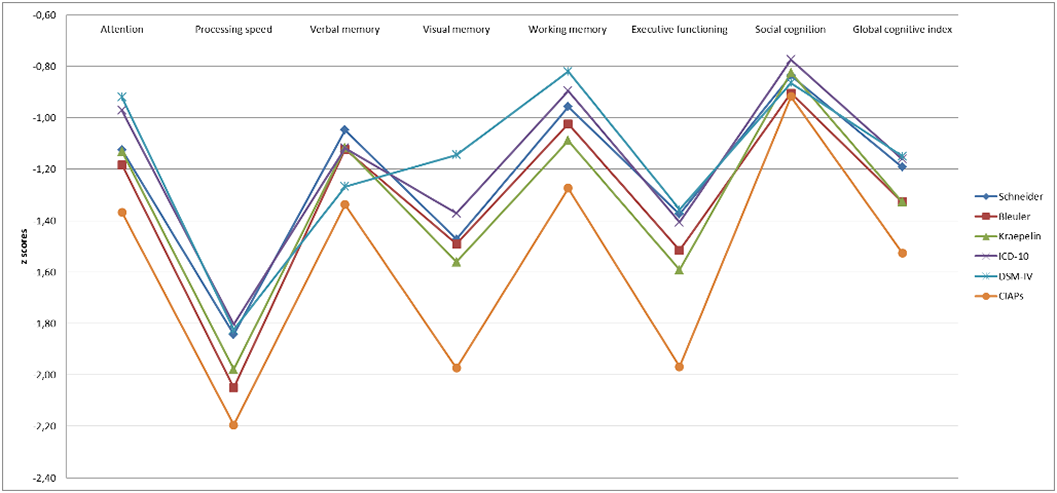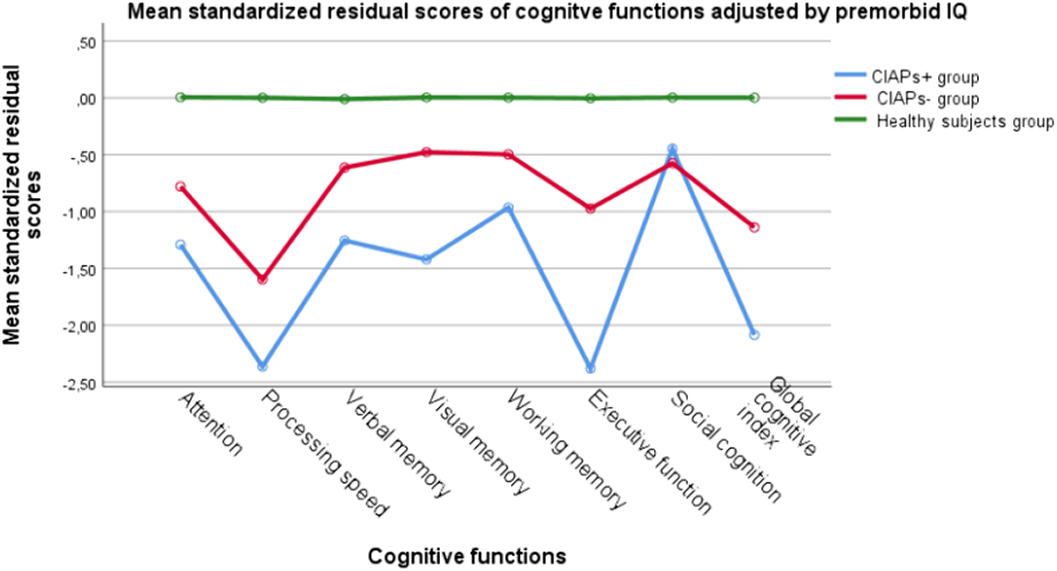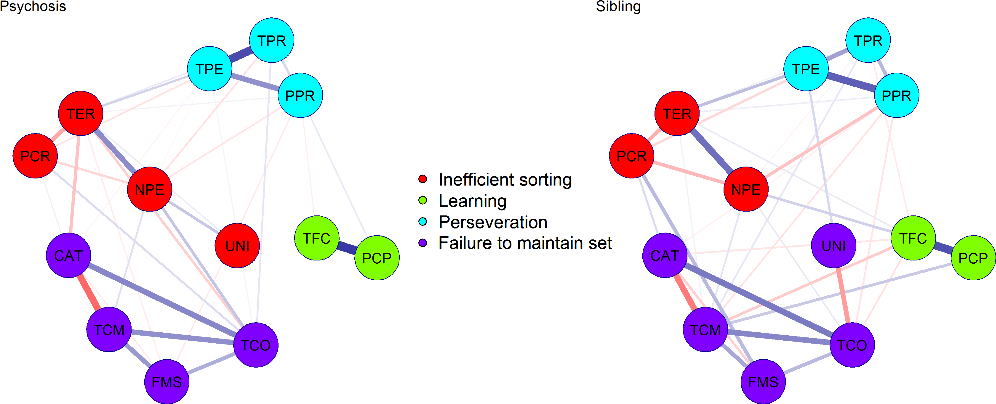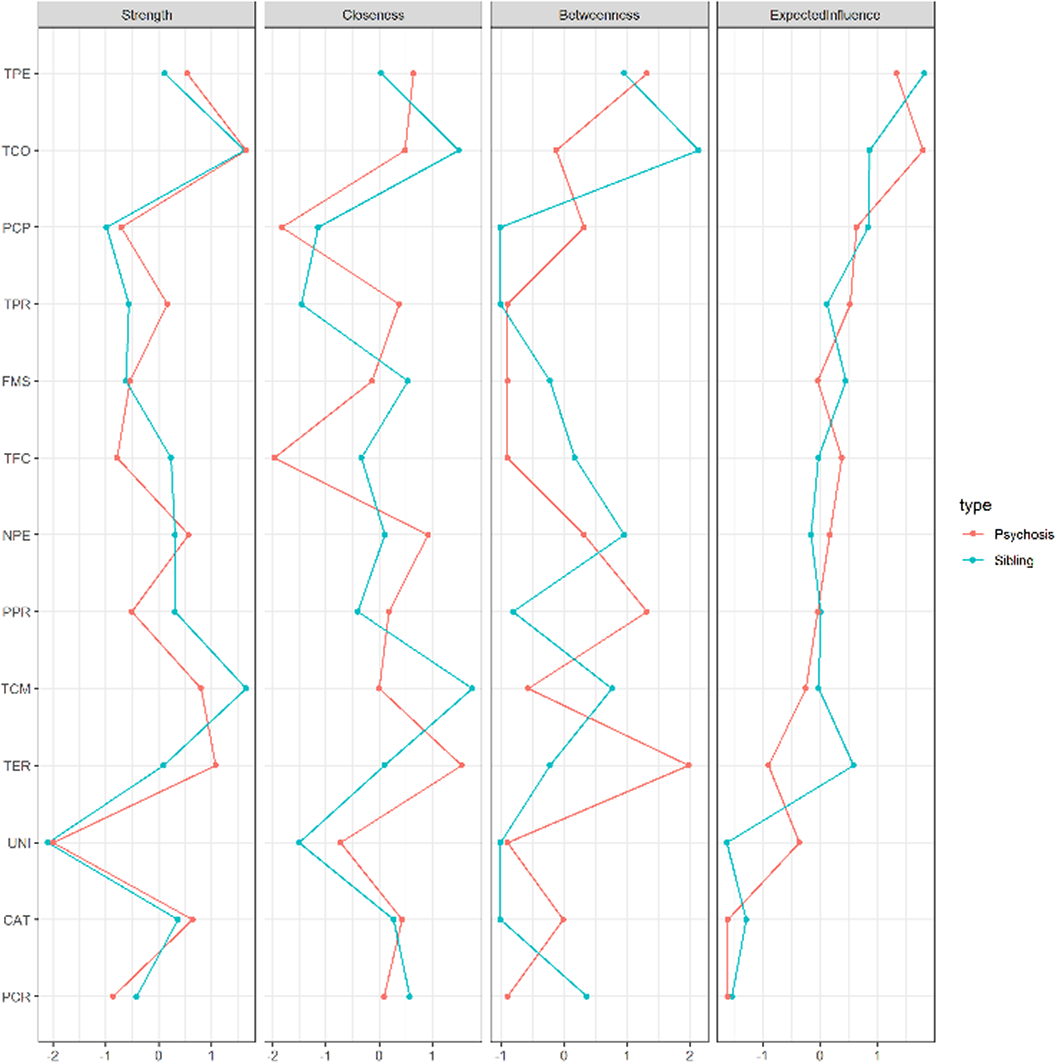131 results
Dietary intake of dicarbonyl compounds and changes in body weight over time in a large cohort of European adults
-
- Journal:
- British Journal of Nutrition , First View
- Published online by Cambridge University Press:
- 22 February 2024, pp. 1-13
-
- Article
- Export citation
Exeporfinium chloride (XF-73) nasal gel dosed over 24 hours prior to surgery significantly reduced Staphylococcus aureus nasal carriage in cardiac surgery patients: Safety and efficacy results from a randomized placebo-controlled phase 2 study
-
- Journal:
- Infection Control & Hospital Epidemiology / Volume 44 / Issue 7 / July 2023
- Published online by Cambridge University Press:
- 23 March 2023, pp. 1171-1173
- Print publication:
- July 2023
-
- Article
-
- You have access
- Open access
- HTML
- Export citation
Trends in the area of suitable breeding habitat for the Endangered Lake Titicaca Grebe Rollandia microptera, 2001–2020
-
- Journal:
- Bird Conservation International / Volume 33 / 2023
- Published online by Cambridge University Press:
- 15 March 2023, e52
-
- Article
- Export citation
Effect of aleurone on glucose & insulin dynamics and gut microbiome in trained horses
-
- Journal:
- Proceedings of the Nutrition Society / Volume 82 / Issue OCE1 / 2023
- Published online by Cambridge University Press:
- 08 March 2023, E40
-
- Article
-
- You have access
- HTML
- Export citation
Effect of polygenic risk score, family load of schizophrenia and exposome risk score, and their interactions, on the long-term outcome of first-episode psychosis
-
- Journal:
- Psychological Medicine / Volume 53 / Issue 14 / October 2023
- Published online by Cambridge University Press:
- 06 March 2023, pp. 6838-6847
-
- Article
- Export citation
Mindfulness-based interventions and employment: Descriptive analysis of the MER-ACT project
-
- Journal:
- European Psychiatry / Volume 65 / Issue S1 / June 2022
- Published online by Cambridge University Press:
- 01 September 2022, pp. S696-S697
-
- Article
-
- You have access
- Open access
- Export citation
Descriptive analysis of adherence to mindfulness-based group therapies: online versus face-to-face interventions
-
- Journal:
- European Psychiatry / Volume 65 / Issue S1 / June 2022
- Published online by Cambridge University Press:
- 01 September 2022, pp. S323-S324
-
- Article
-
- You have access
- Open access
- Export citation
Psychopathological networks in psychosis and changes over time: A long-term cohort study of first-episode psychosis
-
- Journal:
- European Psychiatry / Volume 65 / Issue S1 / June 2022
- Published online by Cambridge University Press:
- 01 September 2022, p. S247
-
- Article
-
- You have access
- Open access
- Export citation
Strategic nest site selection in one of the world's largest loggerhead turtle nesting colonies, on Maio Island, Cabo Verde
-
- Article
-
- You have access
- Open access
- HTML
- Export citation
Link between cognitive polygenic risk scores and clinical progression after a first-psychotic episode
-
- Journal:
- Psychological Medicine / Volume 53 / Issue 10 / July 2023
- Published online by Cambridge University Press:
- 09 June 2022, pp. 4634-4647
-
- Article
-
- You have access
- Open access
- HTML
- Export citation
On gender and cognitive flexibility. The REM-ACT study: Acceptance and commitment therapy versus a mindfulness-based emotional regulation intervention in anxiety disorders. A randomized controlled trial
-
- Journal:
- European Psychiatry / Volume 64 / Issue S1 / April 2021
- Published online by Cambridge University Press:
- 13 August 2021, pp. S786-S787
-
- Article
-
- You have access
- Open access
- Export citation
A polydiagnostic approach to cognitive deficits in schizophrenia
-
- Journal:
- European Psychiatry / Volume 64 / Issue S1 / April 2021
- Published online by Cambridge University Press:
- 13 August 2021, pp. S161-S162
-
- Article
-
- You have access
- Open access
- Export citation
On gender and stroop effect. The REM-ACT study: Acceptance and commitment therapy versus a mindfulness-based emotional regulation intervention in anxiety disorders. A randomized controlled trial
-
- Journal:
- European Psychiatry / Volume 64 / Issue S1 / April 2021
- Published online by Cambridge University Press:
- 13 August 2021, p. S787
-
- Article
-
- You have access
- Open access
- Export citation
Empirical validation of the wcst network structure in patients
-
- Journal:
- European Psychiatry / Volume 64 / Issue S1 / April 2021
- Published online by Cambridge University Press:
- 13 August 2021, p. S519
-
- Article
-
- You have access
- Open access
- Export citation
TMT-B after two online mindfulness-based group interventions: Acceptance and commitment therapy and a mindfulness-based emotional regulation intervention in anxiety disorders. Preliminary results
-
- Journal:
- European Psychiatry / Volume 64 / Issue S1 / April 2021
- Published online by Cambridge University Press:
- 13 August 2021, pp. S787-S788
-
- Article
-
- You have access
- Open access
- Export citation
Cognitive impairment associated with psychosis (CIAPS): Validity of clinical criteria to detect cognitive impairment
-
- Journal:
- European Psychiatry / Volume 64 / Issue S1 / April 2021
- Published online by Cambridge University Press:
- 13 August 2021, pp. S519-S520
-
- Article
-
- You have access
- Open access
- Export citation
Attentional functioning after two online mindfulness-based group interventions: Acceptance and commitment therapy and a mindfulness-based emotional regulation intervention in anxiety disorders. Preliminary results
-
- Journal:
- European Psychiatry / Volume 64 / Issue S1 / April 2021
- Published online by Cambridge University Press:
- 13 August 2021, p. S787
-
- Article
-
- You have access
- Open access
- Export citation
Childhood trauma in a sample of patients with psychosis and healthy brothers
-
- Journal:
- European Psychiatry / Volume 64 / Issue S1 / April 2021
- Published online by Cambridge University Press:
- 13 August 2021, pp. S211-S212
-
- Article
-
- You have access
- Open access
- Export citation
On gender and TMT-A. The REM-ACT study: Acceptance and commitment therapy versus a mindfulness-based emotional regulation intervention in anxiety disorders. A randomized controlled trial
-
- Journal:
- European Psychiatry / Volume 64 / Issue S1 / April 2021
- Published online by Cambridge University Press:
- 13 August 2021, p. S788
-
- Article
-
- You have access
- Open access
- Export citation
A network analysis of executive deficits in patients with psychosis and their healthy siblings
-
- Journal:
- European Psychiatry / Volume 64 / Issue S1 / April 2021
- Published online by Cambridge University Press:
- 13 August 2021, pp. S518-S519
-
- Article
-
- You have access
- Open access
- Export citation







